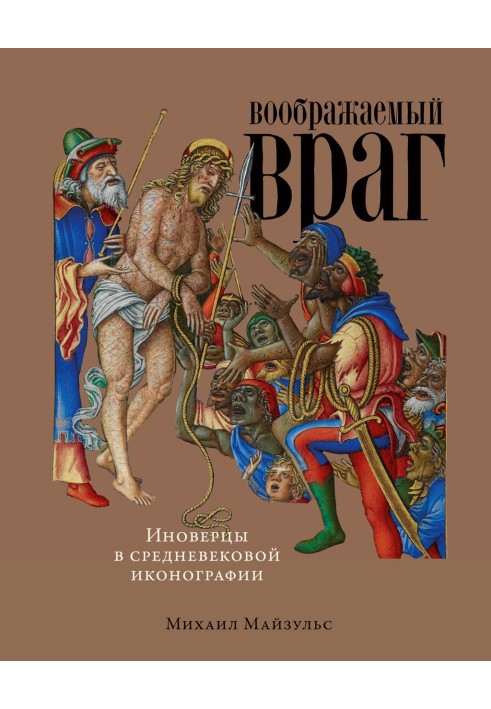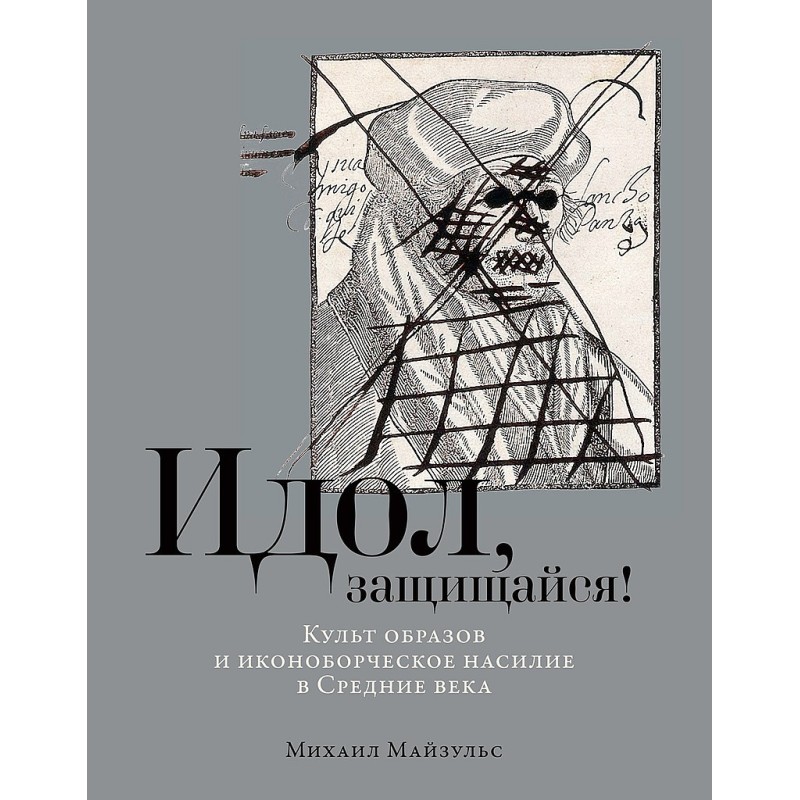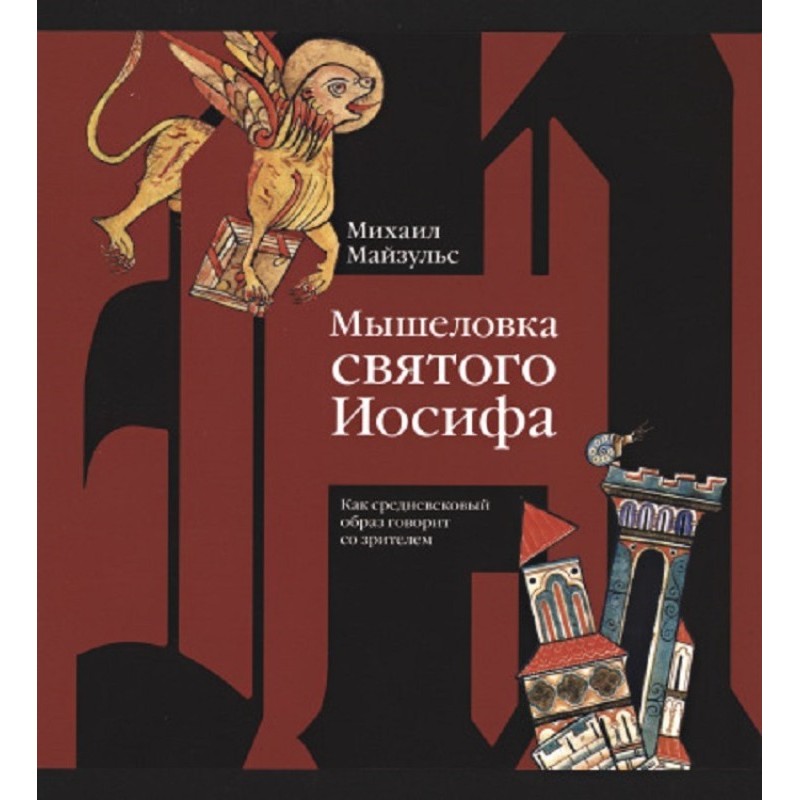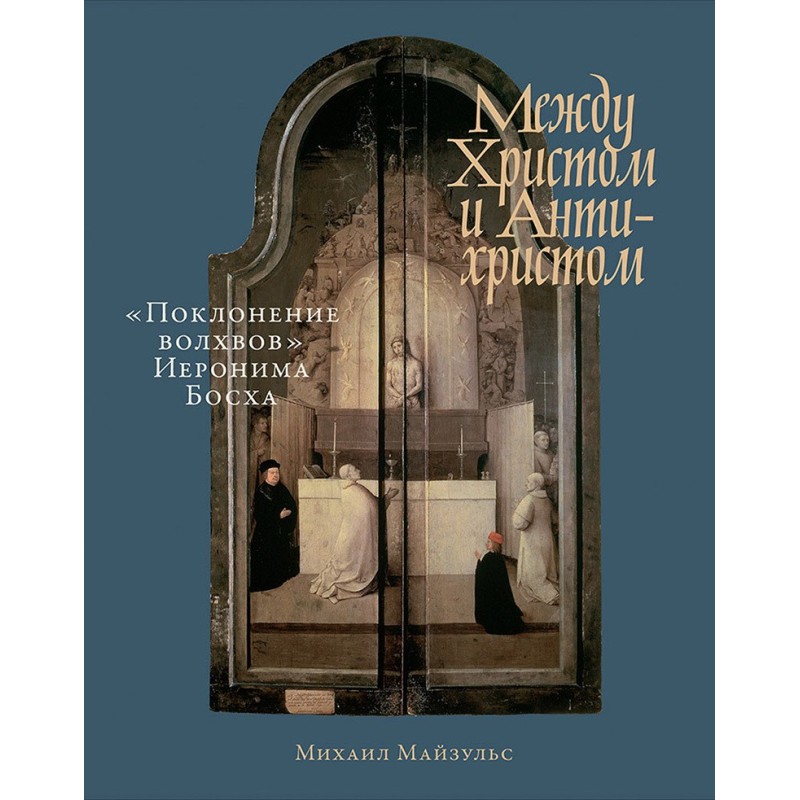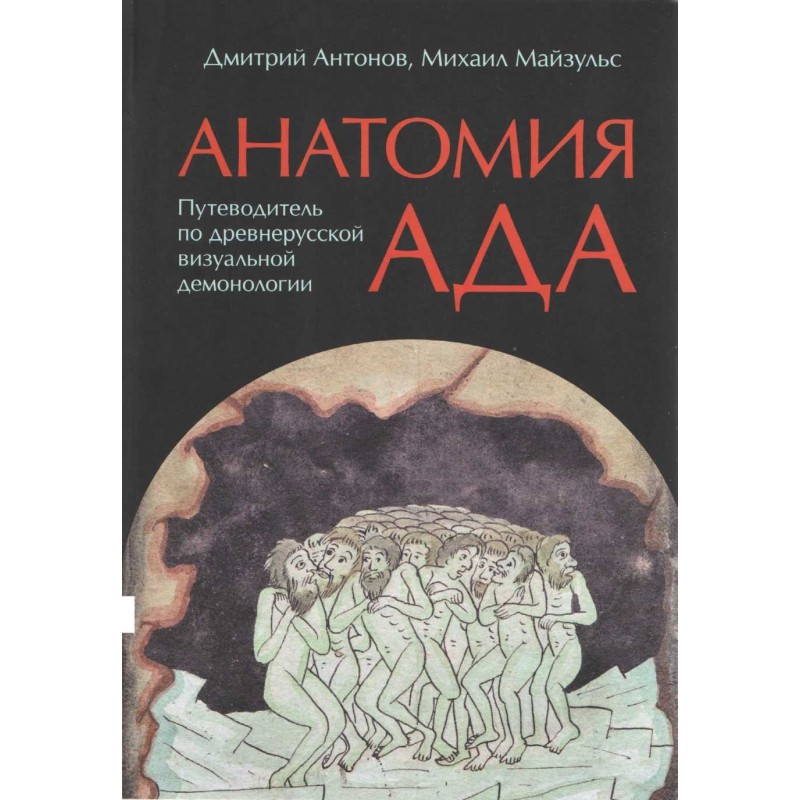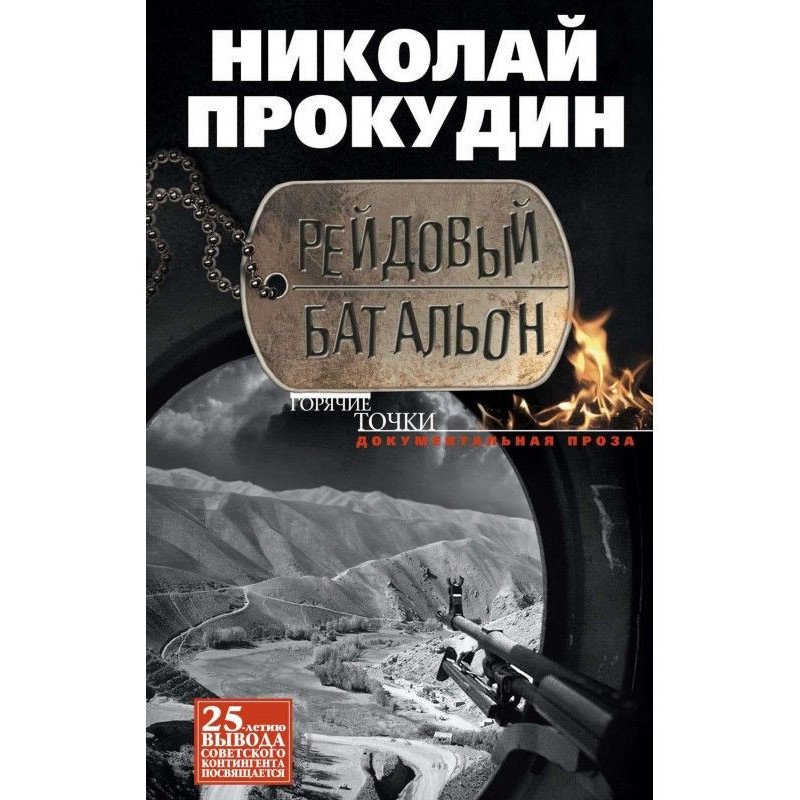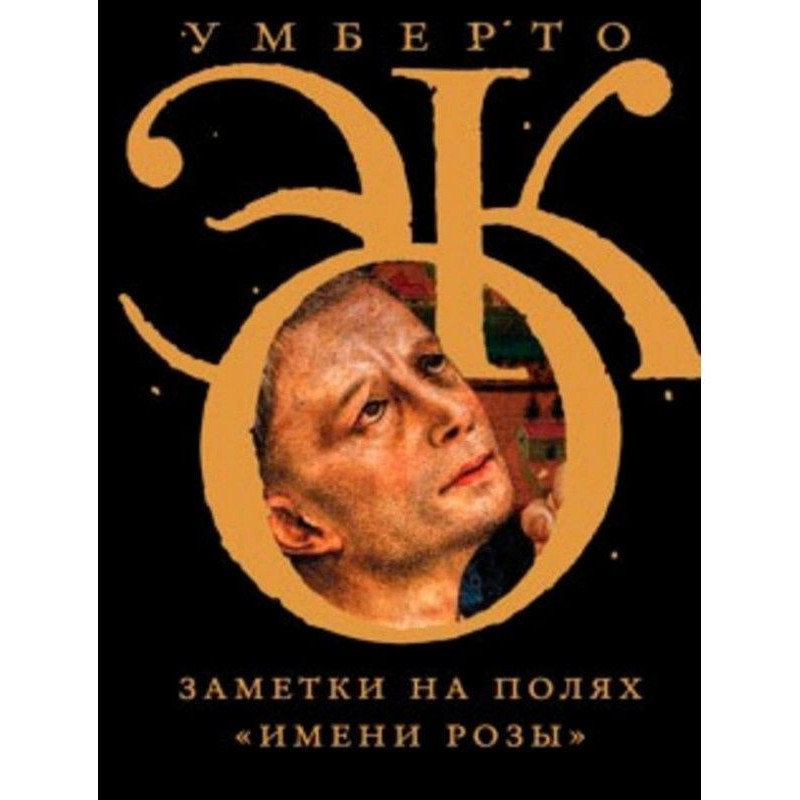The Imaginary Enemy: Gentiles in Medieval Iconography
 Instant download
Instant download
after payment (24/7)
 Wide range of formats
Wide range of formats
(for all gadgets)
 Full book
Full book
(including for Apple and Android)
Coats of arms and flags with images of scorpions, exotic turbans and caps, hooked noses, red hair, crimson-red, black or even blue faces, unnaturally inverted poses, obscene gestures and viciously aggressive grimaces. The art of the medieval West used many signs that marked and denounced non-believers (Jews, Muslims and pagans), heretics, other sinners and outcasts. All of them were correlated with the “father of lies” - the devil, and also with each other, as if they were part of a global conspiracy against Christian society. Pagan Romans were sometimes represented wearing Jewish hats and with pseudo-Jewish inscriptions on their clothes, Jews were wearing Muslim turbans, and Muslims were accused of worshiping idols and invoking the ancient Roman gods. In a new book, medievalist Mikhail Mayzuls shows how from the 12th to the 16th centuries. the image of the enemy was constructed, how stigmatization mechanisms worked in the space of images and on city streets, and how techniques that arose in the Middle Ages passed into pamphlets, posters and caricatures of the New Age.
Data sheet
- Name of the Author
- Михаил Майзульс Романович
- Language
- Russian
Reviews
Глибоке дослідження середньовічної іконографії
Книга "Уявний ворог: Іновірці у середньовічній іконографії" є справжнім відкриттям для всіх, хто цікавиться історією, культурою та мистецтвом середньовіччя. Михайло Майзульс майстерно аналізує, як образи іновірців формувалися в свідомості суспільства через мистецтво, ілюструючи це на прикладах гербів, прапорів та інших візуальних знаків. Автор не лише наводить історичні факти, але й глибоко занурюється у психологію та соціальні механізми, які стоять за цими зображеннями. Читач отримує можливість зрозуміти, як стереотипи та упередження формувалися в середньовічному суспільстві, а також як вони вплинули на подальший розвиток культури та мистецтва. Книга написана зрозумілою мовою, що робить її доступною не лише для науковців, але й для широкого кола читачів. Рекомендую всім, хто прагне розширити свої знання про середньовічну культуру та її вплив на сучасність!

